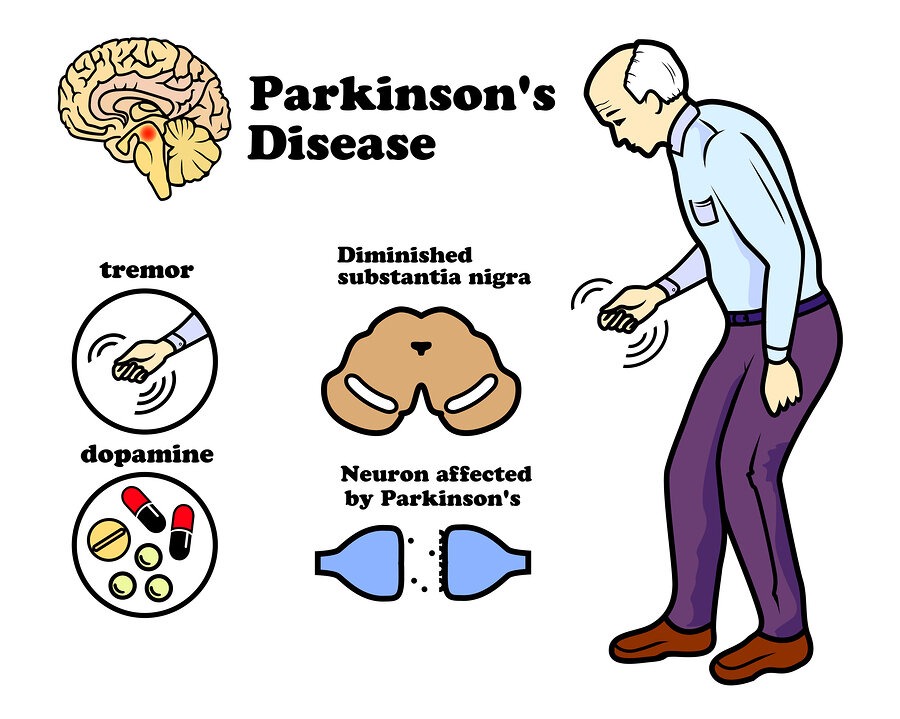



Best Physiotherapy Treatment for Parkinson. Parkinson's disease is a neurodegenerative condition that affects the nervous system and presents with symptoms like tremors, rigidity, and trouble moving.The goal of a physiotherapist's work with Parkinson's disease is to help people with the condition function better and live better lives by managing their symptoms. To optimize functional mobility and quality of life while minimizing physical limitations, they employ a variety of interventions and procedures. They strive to meet each person's unique needs while offering direction and encouragement during the course of treatment.The symptoms of this illness may be effectively alleviated by physiotherapy. Physiotherapy can be beneficial in the following ways: Enhanced balance and mobility Mobility and balance issues brought on by Parkinson's disease may make falls more likely. A physiotherapist can create an exercise regimen to aid with coordination and balance, which lowers the chance of falls and increases mobility in general. Enhanced range of motion and flexibility Muscle rigidity and stiffness brought on by Parkinson's disease can make movement challenging. Range of motion and general flexibility can be enhanced with physiotherapy and a carefully planned program.Better Positioning A stooped or hunched-over posture is one of the posture abnormalities that might result from this illness. Through exercises that strengthen the core muscles and encourage optimal alignment, physiotherapy can assist improve posture. Decreased Pain Dystonia or stiffness brought on by Parkinson's disease can exacerbate discomfort, which is made worse by inactivity. Through an exercise regimen that keeps body components functioning that may otherwise cause discomfort, physiotherapy can help people feel less pain.Parkinson's disease can be managed using a variety of physiotherapy approaches. These consist of: Workout Plans People with Parkinson's disease can benefit from exercise by having better motor function, balance, and flexibility. For patients with the illness, physiotherapists can create individualized exercise regimens that include strength training, cardiovascular exercise, and exercises for balance and coordination. Training for Balance Since poor balance is a prevalent sign of Parkinson's disease, balance training is a crucial part of physiotherapy for the condition. For those who suffer from the condition, balance training can enhance stability and lower the chance of falls, enhancing their quality of life.Training for Gait Physiotherapy known as 'gait training' aims to help Parkinson's patients walk more naturally. Gait abnormalities brought on by the illness may include stumbling steps, trouble starting movements, and a reduction in arm swing. Exercises That Are Aerobic Because it can enhance cardiovascular health, mobility, and general physical function, aerobic exercise is a crucial part of physiotherapy for Parkinson's disease. People with Parkinson's disease can also benefit from aerobic exercise in terms of their mood and cognitive abilities.
We hate spam too.